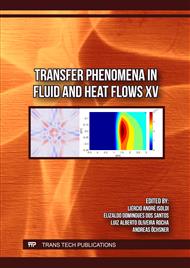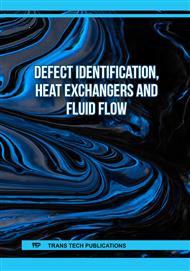p.3
p.15
p.27
p.37
p.47
p.59
p.77
p.91
Application of Time Series in the Analysis of Physical-Chemical Data to Support the Management of Water Clarification Efficiency in a Water Treatment Plant
Abstract:
Abstract. Water is a natural and essential resource for life and must be preserved. Its potability is also vital for human survival. In this context, the turbidity parameter is a factor preponderant, as its presence can “protect” harmful microorganisms during the disinfection. Considering the extensive volume of data collected by Pelotas Autonomous Service of Sanitation at the Santa Bárbara Water Treatment Plant over the years, it was proposed to develop a methodology to support decision-making by managers, through data processing using statistical methods, machine learning and time series. Studies have shown that turbidity is an essential parameter in quality monitoring of the water andcan be inferred before the filtration stage from data collected throughout time. Furthermore, using data from the treatment plant itself offers the advantage of taking its peculiarities into account in the analysis.
Info:
Periodical:
Pages:
37-46
Citation:
Online since:
September 2024
Keywords:
Price:
Сopyright:
© 2024 Trans Tech Publications Ltd. All Rights Reserved
Share:
Citation:




